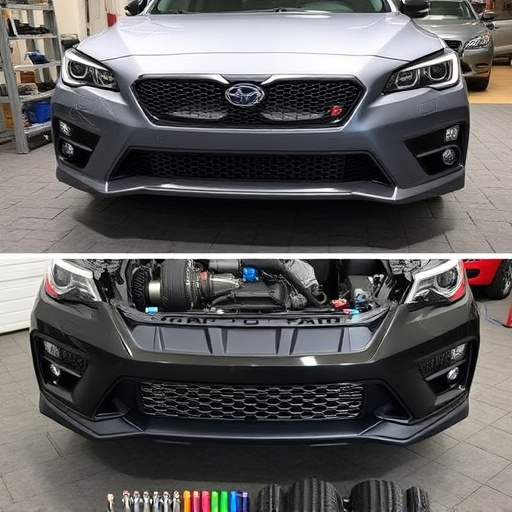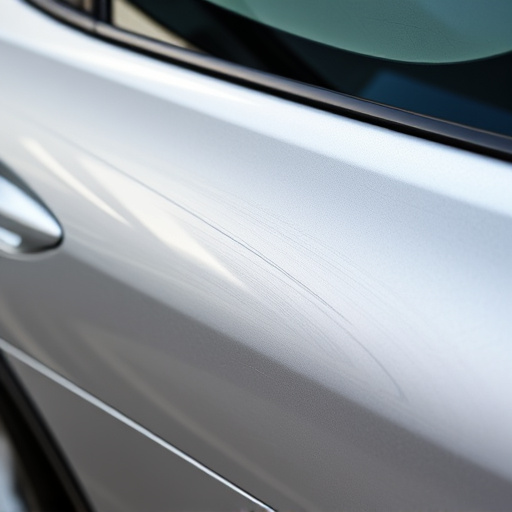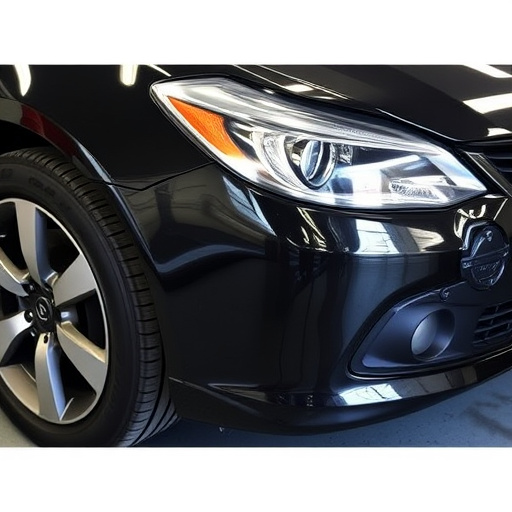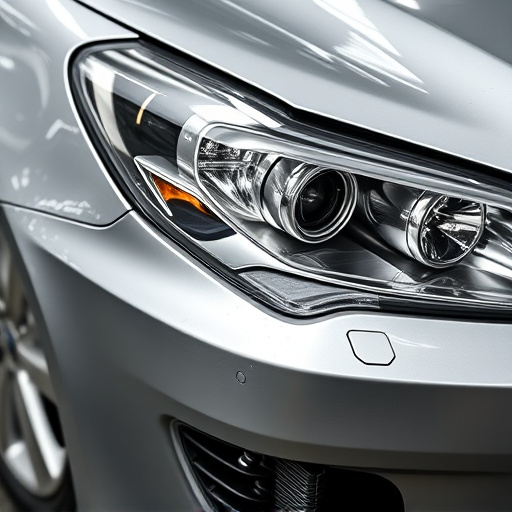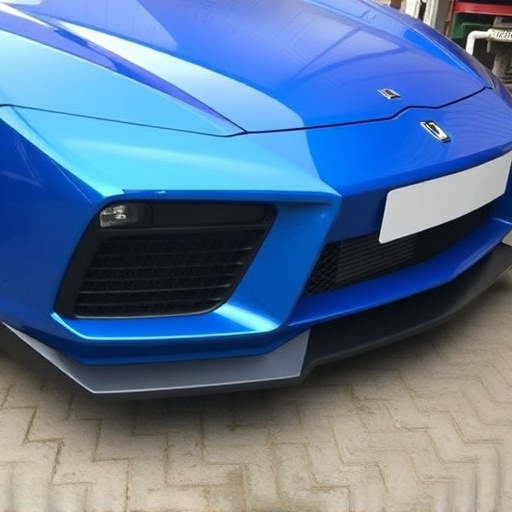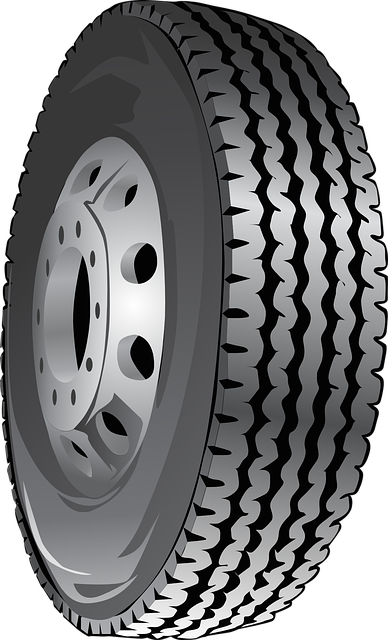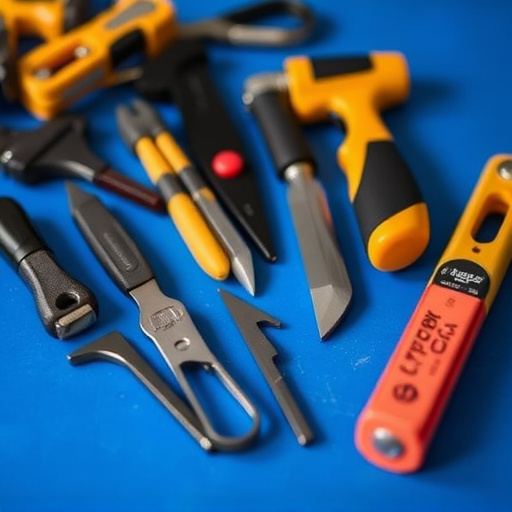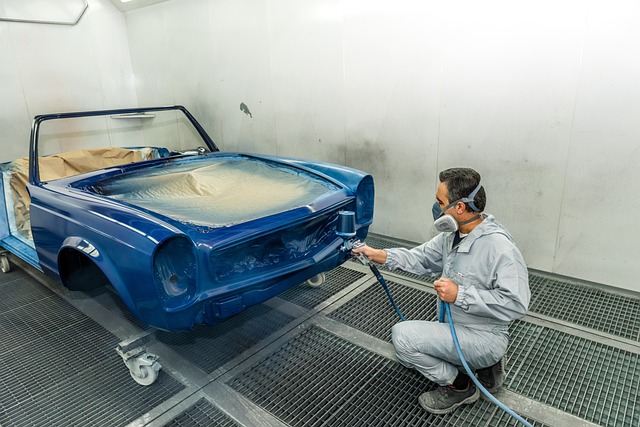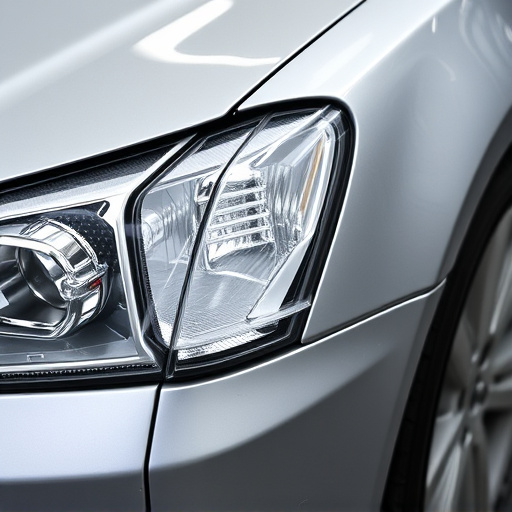Dent repair technologies have evolved significantly, offering efficient solutions for auto body damage. Paintless dent repair (PDR) and traditional metal hammering are leading methods—PDR for minor dents without paint damage, and metal hammering for severe cases. These advanced techniques enhance vehicle aesthetics, preserve market value post-accidents, and include emerging technologies like automated robotic systems and eco-friendly materials, streamlining processes, reducing costs, and promoting sustainability in the resale market.
“Dent repair technologies have transformed the automotive industry, offering efficient and cost-effective solutions for car damage. This article delves into the profound impact of these advanced techniques on vehicle resale values. We explore how modern dent repair methods, ranging from paintless dent removal to robotic systems, enhance aesthetics and preserve a vehicle’s initial value. Furthermore, we analyze future trends, including 3D printing and AI-driven repairs, predicting their effect on the resale market. Understanding these technologies is crucial for both car owners and dealers in today’s competitive automotive landscape.”
- Understanding Dent Repair Technologies: The Basics
- How These Technologies Impact Car Resale Values
- Future Trends and Their Effect on Resale Market
Understanding Dent Repair Technologies: The Basics
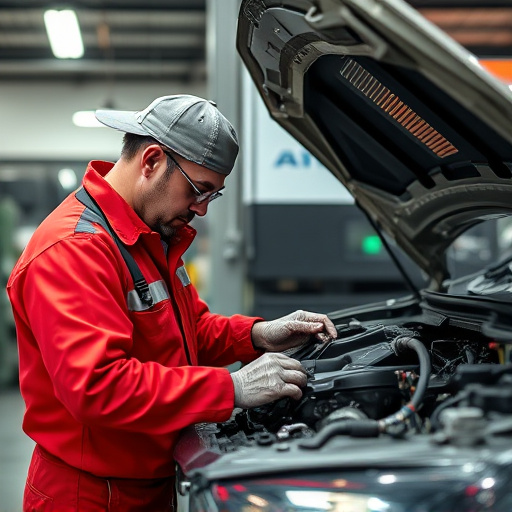
Dent repair technologies have evolved significantly over the years, revolutionizing how auto body damage is addressed. At its core, dent repair involves using specialized tools and techniques to remove indentations or dents from vehicle surfaces, restoring them to their original shape and appearance. This process is crucial for maintaining the aesthetic appeal of a car, which plays a significant role in its resale value.
Among the various dent repair technologies, two prominent methods stand out: paintless dent repair (PDR) and traditional metal hamming. PDR uses specialized tools to push and pull damaged areas back into place without damaging the surrounding paint or requiring extensive body work. This non-invasive approach is popular for minor dents and scratches, known as fender benders, offering efficient and cost-effective solutions. In contrast, traditional metal hammering involves manual or machine-assisted striking to realign metal panels, suitable for more severe cases of automotive body work. These advanced dent repair technologies not only enhance the look of vehicles but also ensure that they retain their market value, even after minor accidents like fender benders.
How These Technologies Impact Car Resale Values
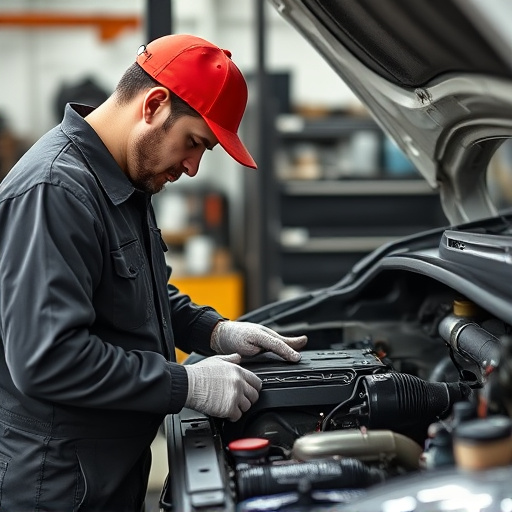
Dent repair technologies have revolutionized the way we address car damage, particularly when it comes to resale value. With advancements in technology, such as paintless dent repair (PDR) and automated dent removal systems, cars that once would have been considered damaged beyond repair can now be restored to their original condition. This not only enhances the aesthetic appeal of the vehicle but also significantly increases its resale value.
These technologies play a crucial role in maintaining the integrity of the car’s body, which is a primary factor for buyers. A car that has undergone efficient dent repair using modern tools and techniques can command a higher price point in the secondary market. This is because potential owners are assured of the vehicle’s structural soundness and cosmetic appeal, reducing the perceived risk associated with purchasing a pre-owned vehicle. Moreover, auto body shops offering these advanced automotive repair services often have better reputations, which can further bolster the resale value of vehicles they restore.
Future Trends and Their Effect on Resale Market
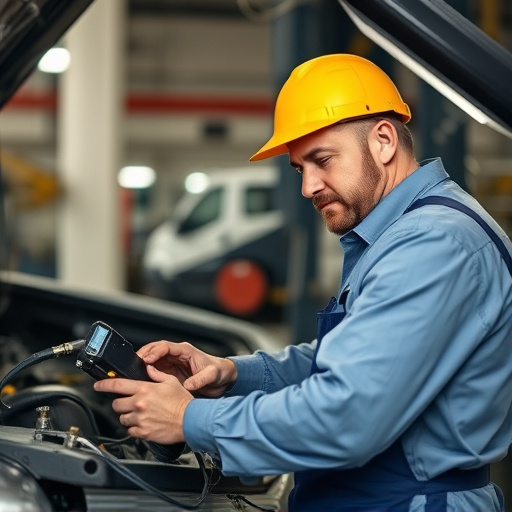
As dent repair technologies continue to evolve, the future of the resale market looks promising for both buyers and sellers. Advanced tools like automated robotic systems and advanced paintless dent repair (PDR) techniques are becoming increasingly accessible, making it possible to restore vehicles to near-perfect condition. This not only enhances the aesthetic appeal but also preserves the structural integrity of the vehicle, which is a significant concern for potential buyers.
The integration of new technologies into auto repair services, specifically collision damage repair, will streamline processes and reduce costs. This trend could lead to more affordable vehicle repair options, making it easier for car owners to maintain their vehicles’ resale value. Moreover, as consumers become more environmentally conscious, eco-friendly dent repair methods and materials are expected to gain popularity, further adding to the overall sustainability of the vehicle resale market.
Dent repair technologies have significantly shifted the landscape of car resale values. By offering efficient, cost-effective, and nearly invisible repairs, these innovations appeal to both buyers and sellers. As technology continues to advance, we can expect further enhancements in dent repair, such as improved automation and sustainable materials, which will likely drive up resale values by minimizing repair costs and enhancing vehicle aesthetics. Staying informed about these trends is crucial for car owners looking to maximize their investment on the resale market.

